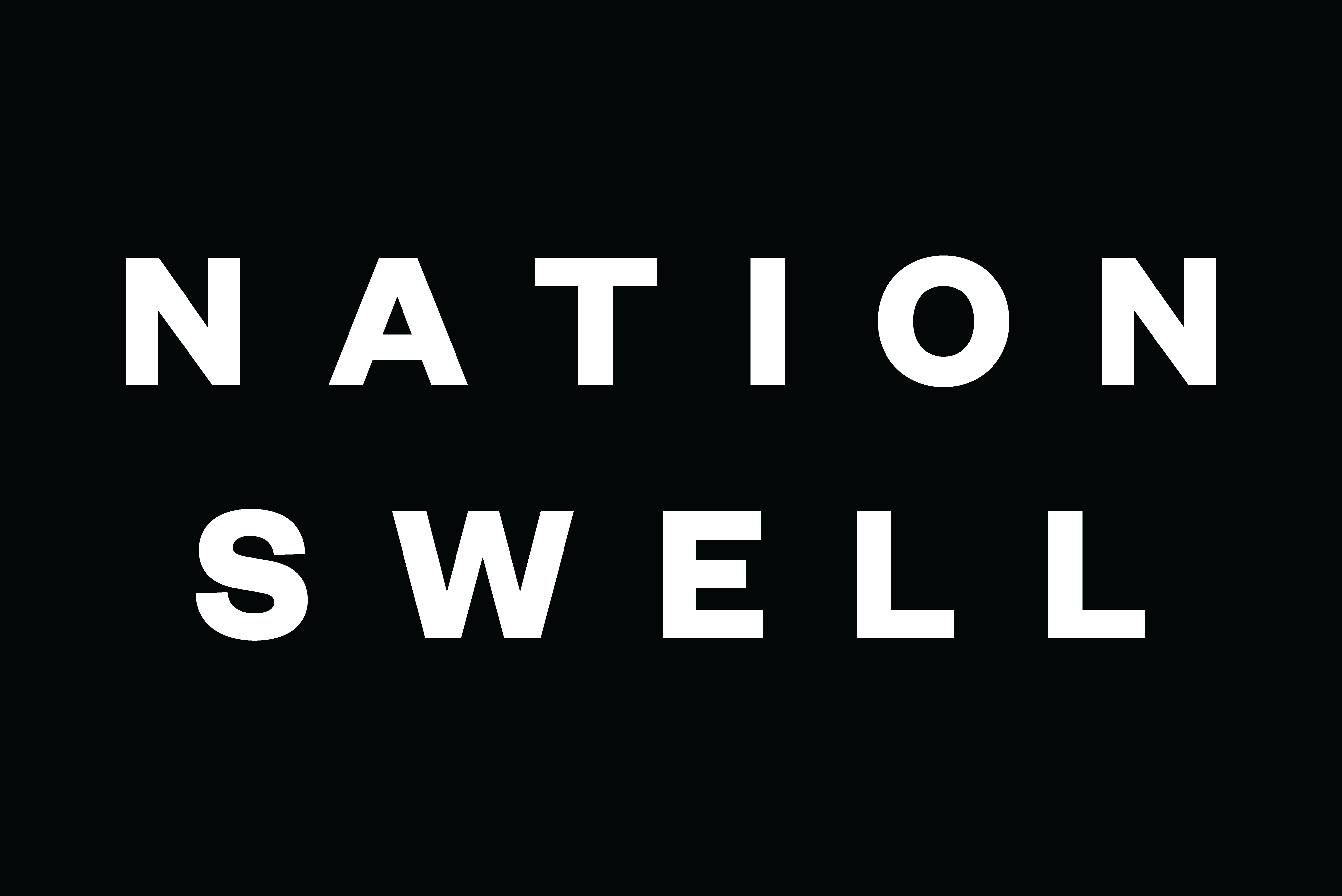In today’s fractured attention economy, advancing policy and advocacy goals has never been more complex. For impact leaders, breaking through the noise requires new strategies to connect with hard-to-reach audiences, build trust across divides, and mobilize stakeholders around urgent issues.
During a November 4 virtual Leader Roundtable, participants explored how leaders are navigating these challenges and reimagining advocacy for the current moment, examining the innovative approaches to earning attention, translating awareness into action, and ultimately driving meaningful change.
Some of the most salient insights from the conversation appear below:
Key takeaways:
Effective advocacy begins with reframing, not resistance. When audiences arrive with hardened beliefs, direct confrontation rarely works. The most persuasive advocates find new points of entry — rephrasing the question, offering a story, or isolating a single relatable detail. Shifting the frame in this way can help to bypass defensiveness and move people from ideology to empathy.
Small numbers, clearly told, drive disproportionate impact. In an age of data overload, specificity is what lands. Audiences can’t meaningfully conceptualize millions or billions, but they can relate to the story of a family trying to eat on $2 a meal. The same principle applies to action: small repeatable steps — writing one email, attending one meeting — build the muscle memory that sustains movements over time.
Authenticity is operational, not aesthetic. For mission-driven companies, credibility isn’t a tone of voice, it’s an infrastructure. True authenticity comes from governance models, internal accountability, and consistency across decades, not from reacting to what’s trending. The most resilient organizations root their advocacy in explicit values and distribute ownership across teams so that no single marketing cycle or leadership change can dilute the mission.
Action is the currency of trust. Many organizations talk about values, but far fewer design concrete actions that invite participation. The strongest campaigns make it easy for people to act — not just to emote — and measure success by policy, practice, and participation rather than by clicks or sentiment. Over time, that clarity of purpose builds deeper loyalty than any consumer-facing brand push. One member pointed out that organizing is a ladder and not plank: once an individual takes an action, they are more likely to take another, but are less likely to jump from the bottom rung to the top.
Inside large organizations, effective advocacy depends on internal rigor. One participant described a “scorecard” framework that guides crisis-response across marketing, comms, policy, and philanthropy. Each potential intervention is scored on employee, customer, and corporate impact, which enables the company to move quickly while maintaining transparency and fairness. This kind of cross-functional infrastructure transforms reactive decision-making into principled, replicable action.
Speed and alignment are as important as intent. In the wake of any crisis, momentum is everything. When systems are pre-built and ownership is distributed, teams can mobilize in hours instead of days — ensuring that compassion isn’t slowed by bureaucracy. The organizations that respond best have built their playbooks long before they’re tested.
Digital should drive people towards community, not away from it. While online engagement remains vital, younger generations increasingly crave in-person organizing — IRL spaces to connect, learn, and interact away from screens. The next wave of advocacy will merge the reach of new digital frontiers with the depth of human connection.
Clarity and courage still cut through the noise best. In a saturated attention economy, the most enduring messages are the ones that blend moral clarity with concise storytelling. Whether addressing AI ethics, social justice, or climate resilience, audiences are drawn to organizations that speak with conviction and lead with transparency.
Hope isn’t naive — it’s strategic. At a time of polarization and fatigue, hope is a mobilizing force in and of itself. By naming progress, celebrating persistence, and grounding advocacy in tangible wins, leaders can replenish the emotional reserves that movements depend on.
When it comes to data: Show, don’t tell. When complex systems are made visible, they become impossible to ignore. Mapping inequities or visualizing unseen harms helps people understand scale and proximity, transforming abstraction into urgency and urgency into action.

 "
"
